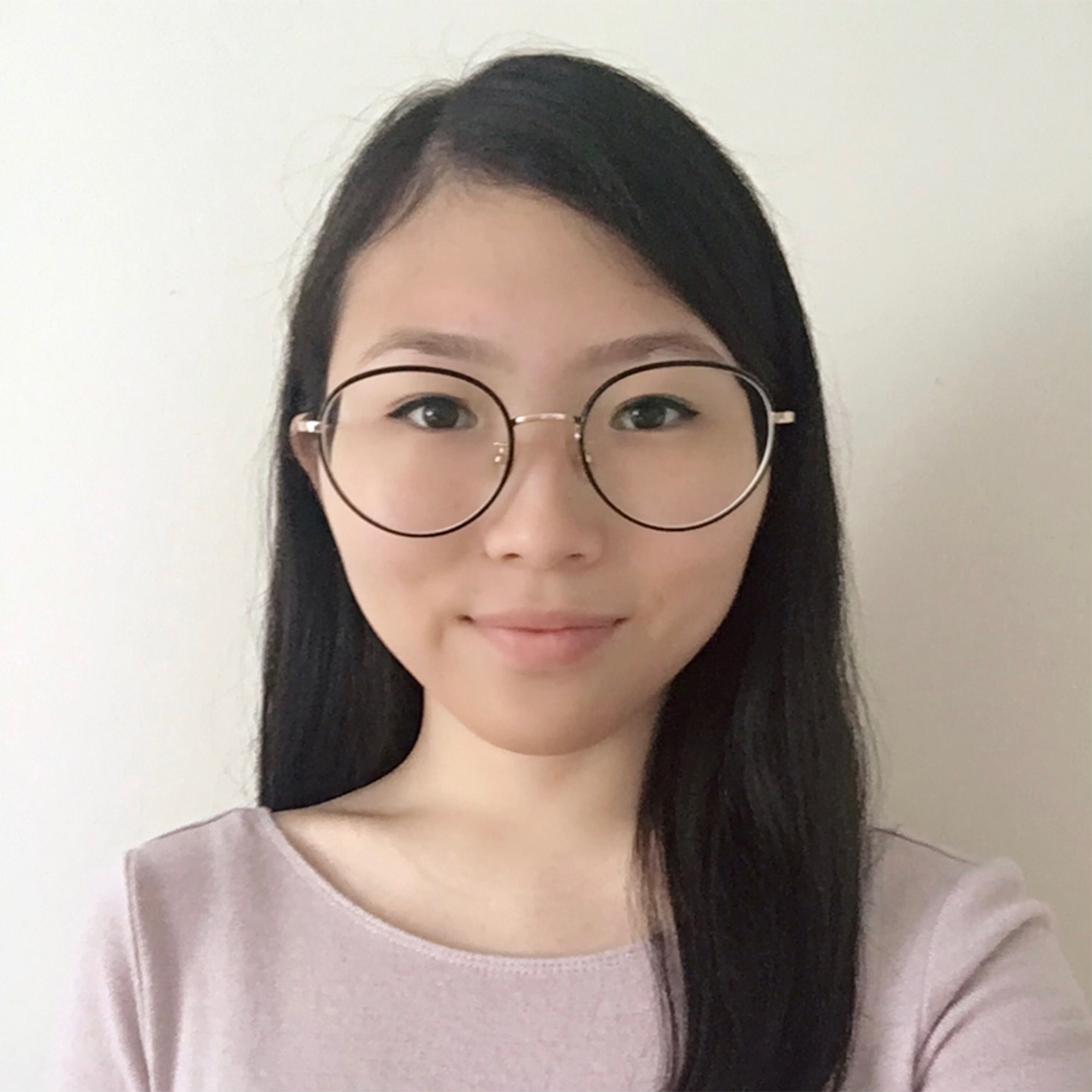Tissue Engineering—Regeneration of the Pulpodentin Complex and Periradicular Tissues
(TC23) Surgical Regenerative Endodontics with a Bioactive Scaffold: Managing Persistent Complications in Regenerative Procedures

Glenna Lee, D.D.S.
Endodontic Resident
Columbia University
New York, New York, United States
Sahng G. G. Kim, D.D.S., M.S.
Division Director, Program Director/Professor
Columbia University
New York, New York, United States
Presenter(s)
Co-Author(s)
Regenerative endodontics seeks to restore the structure and function of the pulp-dentin complex in necrotic immature permanent teeth. The biological foundation of regenerative endodontic procedures (REPs) hinges on stem cells, signaling molecules, and scaffolds to repair and regenerate infected or injured tissue. A human-derived amnion-chorion membrane (hACM) has emerged as a potential scaffold for tissue engineering due to its rich composition of extracellular matrix proteins, growth factors, and cytokines. The membrane’s significant anti-inflammatory and antimicrobial properties can create an optimal environment for dental pulp regeneration, enhancing the healing of apical periodontitis and pulp revitalization during REPs. However, when symptoms and signs of infection persist after initial nonsurgical REPs, surgical intervention may become necessary. Endodontic microsurgery provides direct access for the removal of chronic periapical lesions while enabling retrograde application of hACM, promoting more predictable healing outcomes through cell homing. The purpose of this table clinic is to present a modified tissue engineering approach using hACM when nonsurgical REPs, following the American Association of Endodontists Clinical Considerations for a Regenerative Procedure protocol, fail to address persistent periapical disease. A clinical case of a 26-year-old female with an immature permanent tooth diagnosed with pulp necrosis and chronic apical abscess will be presented to illustrate the utilization of this bioactive scaffold, its biological principles during surgical REPs, and treatment outcomes. With this knowledge, the clinician will be able to enhance the outcomes of REPs in teeth with persistent recalcitrant infection through a modified tissue regeneration protocol.

.png)
.png)
.png)
.png)